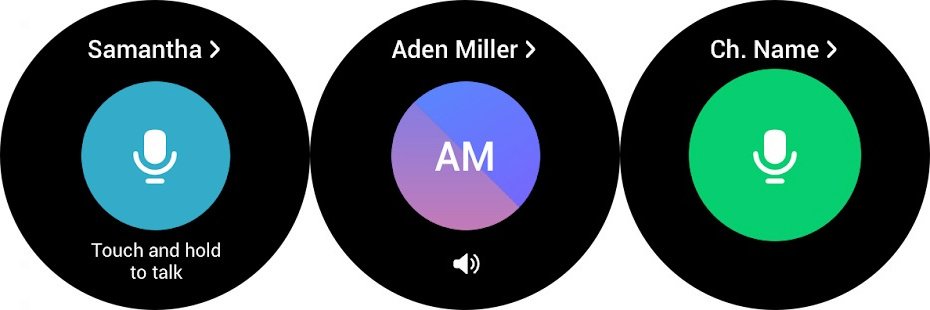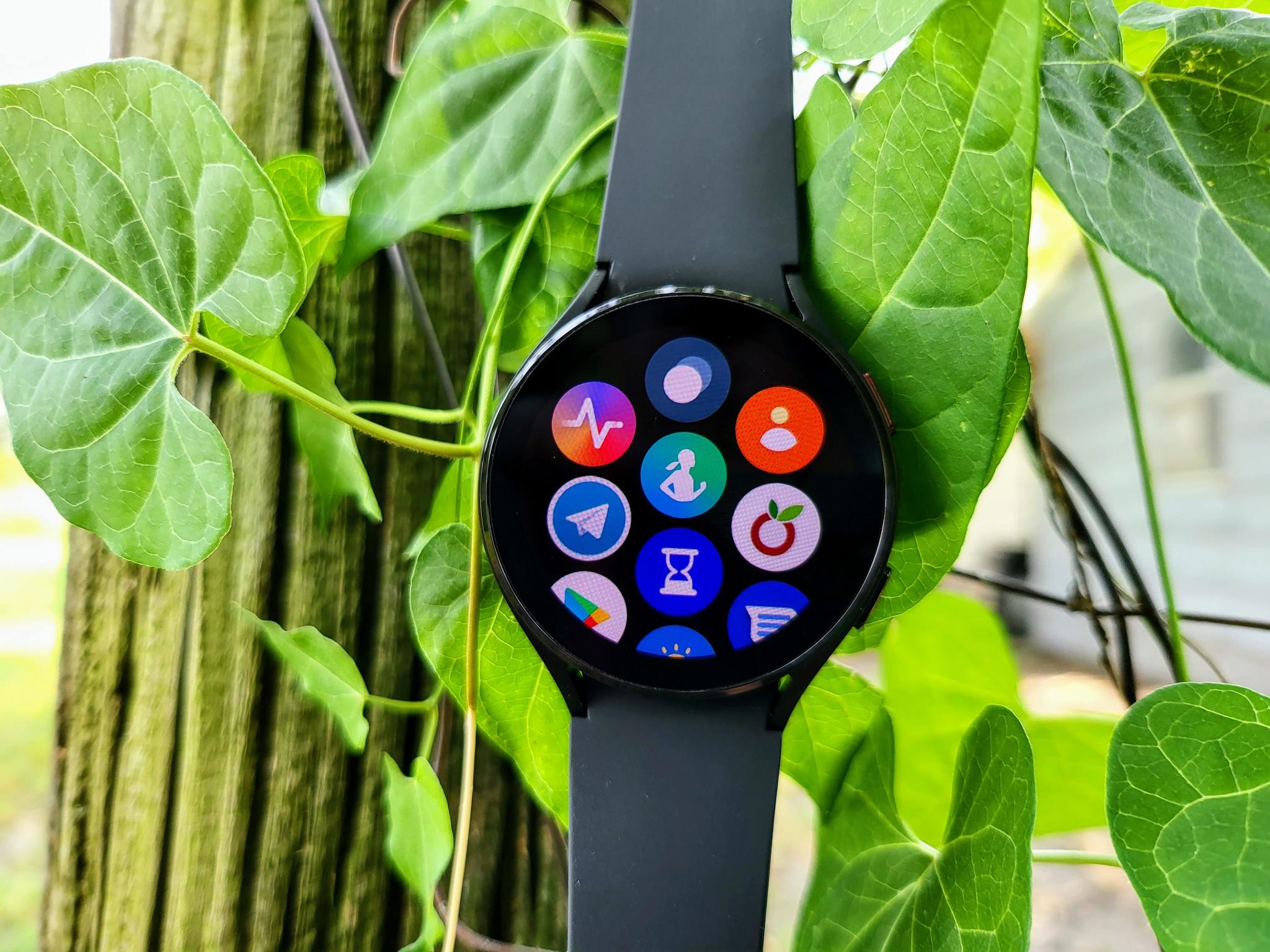Samsung's new Galaxy Watch 4 series launched chock-full of features. From the new processor to the BIA sensor, Samsung held very little back from its first Wear OS smartwatch. A new feature was just added after the devices launched, and it's the ability to use your Galaxy Watch 4 just like a walkie-talkie. The Apple Watch has had this option for years now, and finally, Android fans are getting a watch that offers this fun element through a first-party app. So let's get into how you can start using the Samsung's new Galaxy Watch 4 walkie-talkie feature.
How to use a Samsung Galaxy Watch 4 as a walkie-talkie
Do you remember using a walkie-talkie as a kid or maybe even as a grown-up? If so, then you know how easy and fast communication can be with one. Before you can begin using the new feature, you'll want to install the Wear OS app on your watch called WalkieTalkie and make sure you're signed in to your Samsung Account on your phone. Now, with that out of the way, let's get you chatting.
- Open the WalkieTalkie on your watch.
- Tap on Invite
- Choose People nearby to create a channel and talk with those nearby. Tap on Contacts to choose someone from your contacts list to speak with.
- Then press and hold the microphone icon while speaking, and release when done talking.

That is all that it takes. It is worth noting that for the people nearby option to set up the channel, both people will need to be within Bluetooth range of each other. You will also want to be connected to your phone when using the WalkieTalkie app for the first time so that everything can become properly initialized. After that, you'll be able to use either LTE if your watch offers it or Wi-Fi to communicate through the app.
It's unfortunate that the walkie-talkie feature only works with Galaxy Watch 4 devices. It's unclear if this will come to other Wear OS watches in the future or not. Though the new wearable is already one of the best Android smartwatches available, not everyone has one, and you won't be able to chat with a friend using this feature unless they pick up a Galaxy Watch 4 of their own.
Source: androidcentral
